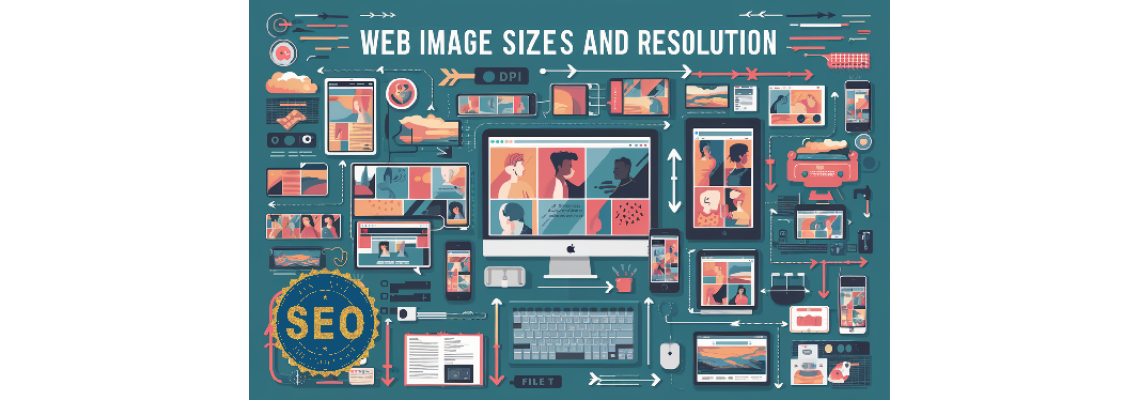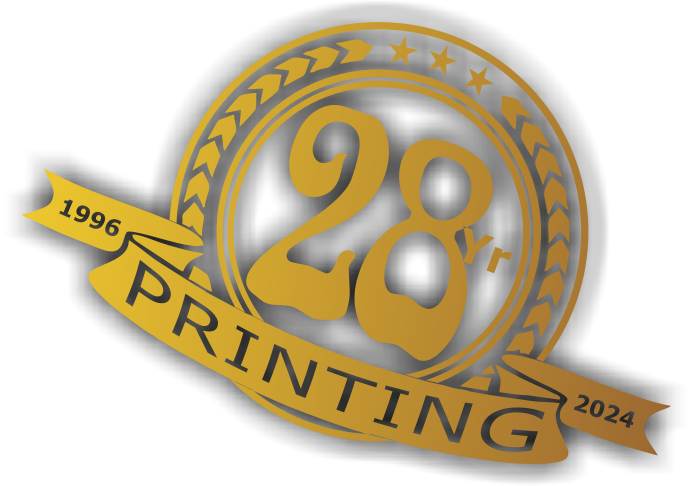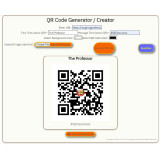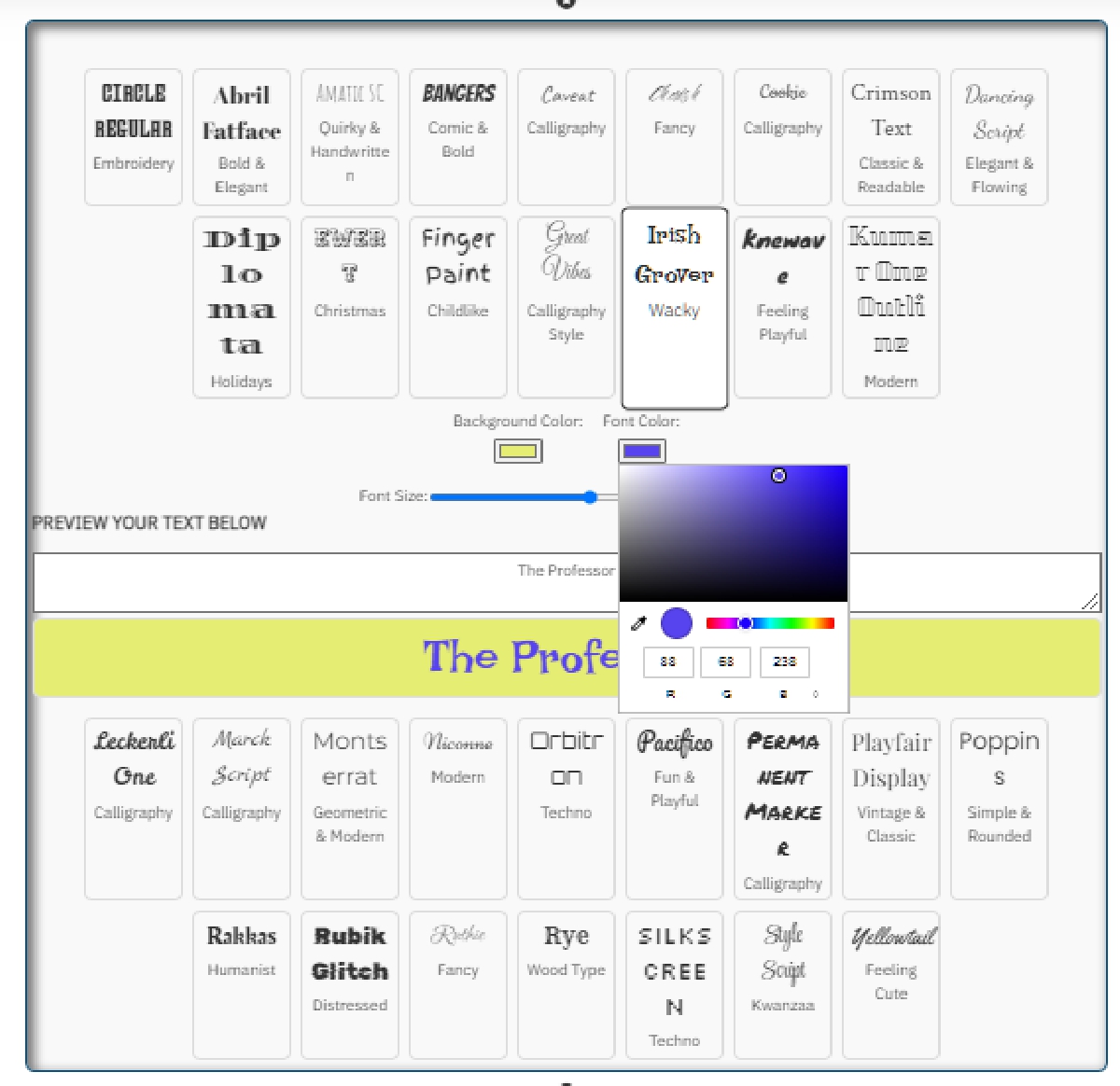06 Jul


When designing images for web pages to ensure they display well across all devices, it's important to consider different contexts in which the images will be used. Here's a comprehensive guide to image resolution and sizes in pixels for various web page displays: (For images 500 px = 1.7 inch)
1. Full-Width Background Images
- Resolution: 72 PPI
- Size: 1920 x 1080 px (minimum)
- Full-width images need to be large enough to cover the entire background of the screen on larger displays.
2. Hero Images (Large Banners)
- Resolution: 72 PPI
- Size: 1600 x 900 px
- Hero images are typically the first visual a user sees, so they should be high quality and responsive.
3. Featured Images (for articles or posts)
- Resolution: 72 PPI
- Size: 1200 x 628 px
- This size is optimized for sharing on social media platforms as well.
4. Content Images (within articles)
- Resolution: 72 PPI
- Size: 800 x 600 px
- Balances quality and performance, suitable for inline content images.
5. Thumbnail Images
- Resolution: 72 PPI
- Size: 150 x 150 px
- Small previews used in galleries or as previews for articles.
6. Sidebar Images
- Resolution: 72 PPI
- Size: 300 x 300 px
- Suitable for use in sidebars, balancing visibility and loading speed.
7. Logos and Icons
- Resolution: 72 PPI
- Size: Varies (e.g., 100 x 100 px, 50 x 50 px)
- Use vector formats (like SVG) when possible to ensure scalability without loss of quality.
8. Retina Display Images
For high-resolution (Retina) displays, images need to be at double the standard size to appear sharp:
- Standard Image: 800 x 600 px
- Retina Image: 1600 x 1200 px
9. Product Images (e-commerce)
- Resolution: 72 PPI
- Size: 800 x 800 px (minimum)
- High quality to showcase product details.
Tips for Optimizing Web Images
Compression:
- Use tools like TinyPNG or JPEG-Optimizer to reduce file size without significant quality loss.
File Formats:
- JPEG: Best for photographs and images with many colors.
- PNG: Best for images with transparency or when high quality is needed.
- SVG: Ideal for logos and icons that need to scale without losing quality.
Responsive Images:
- Use the
srcsetattribute in HTML to provide multiple image sizes for different screen resolutions.
html<img src="image.jpg" srcset="image-320.jpg 320w, image-640.jpg 640w, image-1280.jpg 1280w" sizes="(max-width: 320px) 280px, (max-width: 640px) 600px, 1200px" alt="Description">- Use the
Lazy Loading:
- Implement lazy loading to defer the loading of images until they are needed.
html<img src="placeholder.jpg" data-src="image.jpg" alt="Description" class="lazyload">Image CDN:
- Use a Content Delivery Network (CDN) to serve images quickly to users from the nearest server.
By adhering to these guidelines, your web images will be optimized for quality, performance, and responsiveness across all devices.

 30 years of #TheProfessor
30 years of #TheProfessor

 12% rewards for affiliate members
12% rewards for affiliate members

Leave a Comment